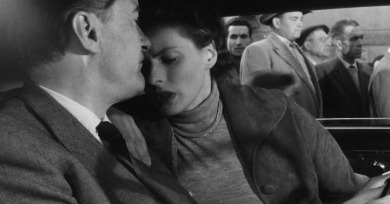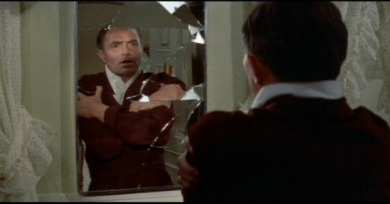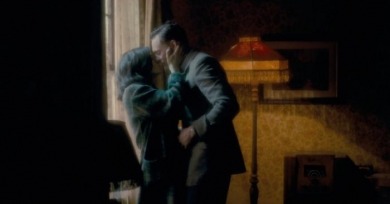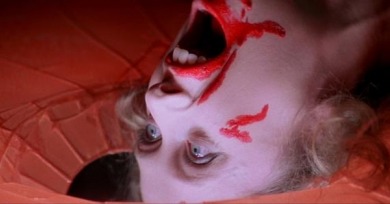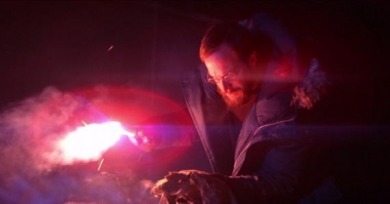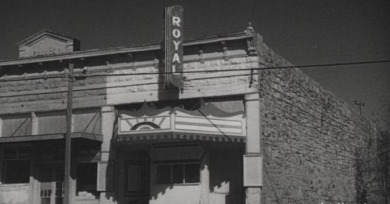Features
Rivette’s ordination of Journey to Italy as the first modern film is, in a philosophical sense, paradoxical, because in fact it is modernity itself which is being shunned, or at best broken down and humanized, by the film.
Bigger Than Life is a film filled with contradictions, paradoxes and confusions of emotion and reason; indeed, these are part of what makes it big and ugly and beautiful as life, even in its outsized proportions.
How massive the landscapes and castle chambers are in Akira Kurosawa’s 1985 epic, and how small the people in them seem.
Bring It On: SEE Guilty Pleasure
Disaster: SEE Parallels (Historical): post-9/11 anxiety.
Years in Review
Best New York Times Ratings Explanation Capsule Review, Best Time Spent Watching Paint Dry, Clunkiest Denouement, Most Unexpectedly Haunting, The Trying-Too-Hard Award, Discovery of the Year, Most Infantilizing Indie Rom-Com Award, and more
Years in Review
Ted, Prometheus, Michael, Beasts of the Southern Wild, The Comedy, Bachelorette, The Hunger Games, Silver Linings Playbook, This Is 40, Anna Karenina, Ruby Sparks
Years in Review
The Deep Blue Sea, This Is Not a Film, The Kid with a Bike, Tabu, Holy Motors, The Master, Almayer’s Folly, The Turin Horse, Once Upon a Time in Anatolia, Lincoln
Fanny and Alexander is a celebration of the act of looking, in all its power to invent, animate, and destroy; it goes so far as to suggest that the things seen owe their qualities, their presence, even their existence to the seer.
The world in Suspiria is so threatening and unstable that colors glow with sinister intensity, the camera moves as if possessed, and natural sounds abruptly give way to jangly music—and that’s just the first minute or so.
Death is here something to be profoundly feared, something that can’t be quantified; the ghostly realm exists not as a concept but as a reality and an end point.
A Few Great Pumpkins
The Picture of Dorian Gray, The Innkeepers, The Vanishing, The Seventh Victim, Lips of Blood, Repulsion, Insidious
The Thing is not just an unnerving title: by its nature, the enemy, a corrosive alien organism which kills and replicates its prey, has no distinct face or personality of its own—a “conquer and survive” motivation is initially ascribed to it, but it defies any description.
Monument Film sculpture, anders, Molussien (differently, Molussia), Phantoms of a Libertine, Audition, When Faces Touch, Collections, Martina’s Playhouse, From Romance to Ritual, Spying, Confidential Pt. 2, The Extravagant Shadows
What if the old saying “You can’t go home again” has it backwards? What if we’re invisibly bar-coded to our point of origin, and we’re just spinning our wheels on the map when we try to leave, failing to shed the place we came from?
